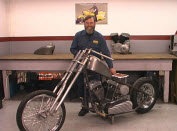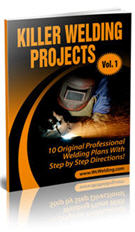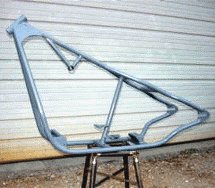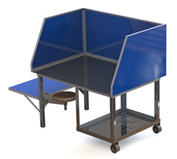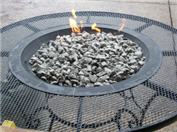6g Welding And What To Expect For The Certification Test...
'6g welding certification' is technically a welder-qualification test which is more often than not arranged in pre-employment screening to make sure that the welder can perform up to the standards of the employing company.
6g pipe welding and 6g welding test is specifically designed to guarantee that the welder can work as per the company policies and can diligently adhere to it. Welding standards often vary depending upon the kind of work that needs to be performed. There are several organizations like AWS (the American Welding Society) and ASME (the American Society of Mechanical Engineers), which have dissimilar methods depending upon the work they manage.
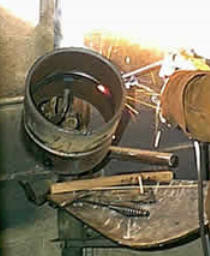
Different Welding Positions
Generally, 6g welding can be performed in one of 4 positions, such as vertical, horizontal, flat and overhead. The groove and fillet welding can be done on all these positions. AWS specifies the positions by a 'number/letter' designation, for example 1G refers to groove weld which needs to be done in flat position. Though the terms mentioned above adequately explain positions for 'plate welding', they do not sufficiently identify pipe-welding position. In 6g pipe welding, there are 4 basic positions used, such as horizontal rolled position, vertical position, inclined position and horizontal fixed position. It is to be noted that here position denotes pipe's position, not the arrangement of the welding.
Factors Affecting Welding Test
There are many factors included in 6g certification:
WPS:
It describes important 6g weld variables, such as processes, filler metals, backing or open root, number of 'passes', post and pre heat and heat ranges. For the most part, the standards of AWS or ASME standards state how the process must be written down ( the format or what factors should be incorporated) and how it is verified (the tests that should be done on sample weld such as impact, tensile and others), not the details on how the welds should be done.
6g Welding qualification:
Generally, this code specifies how the performance of welder is measured based upon the finished products, by indicating what 'mechanical tests' should be done on test samples, and what 'acceptance criteria' are for test samples. However, other than the prerequisite that particular WPS should be done and that the certification test should be witnessed by some appropriate individual (like designee of a firm or contractor for 'ASME0), the explanation of how the assessment is monitored is left unrequited.
Whosoever one is testing for will decide whether the grinder is permitted identify the WPS (they may be quite specific about the procedure or fairly loose) and settle on the type and size of electrode and time constraints for the test.
There are many standard techniques for the weld, a common procedure being '6010 root / 7018 fill and cover'.
Being a professional welder requires much more acquaintances than just being capable to put down good bead and 6g welding certification. Welding is all about metal fusion, and the more one learns about it, better his/her welding techniques will become. After all, learning is a never-ending process and it carves a person's expertise in his/her niche.
Image above courtesy of www.weldinglab.mma.edu.
Welding Plans:
New! Welding Table
New! Log Splitter
Top Projects:


